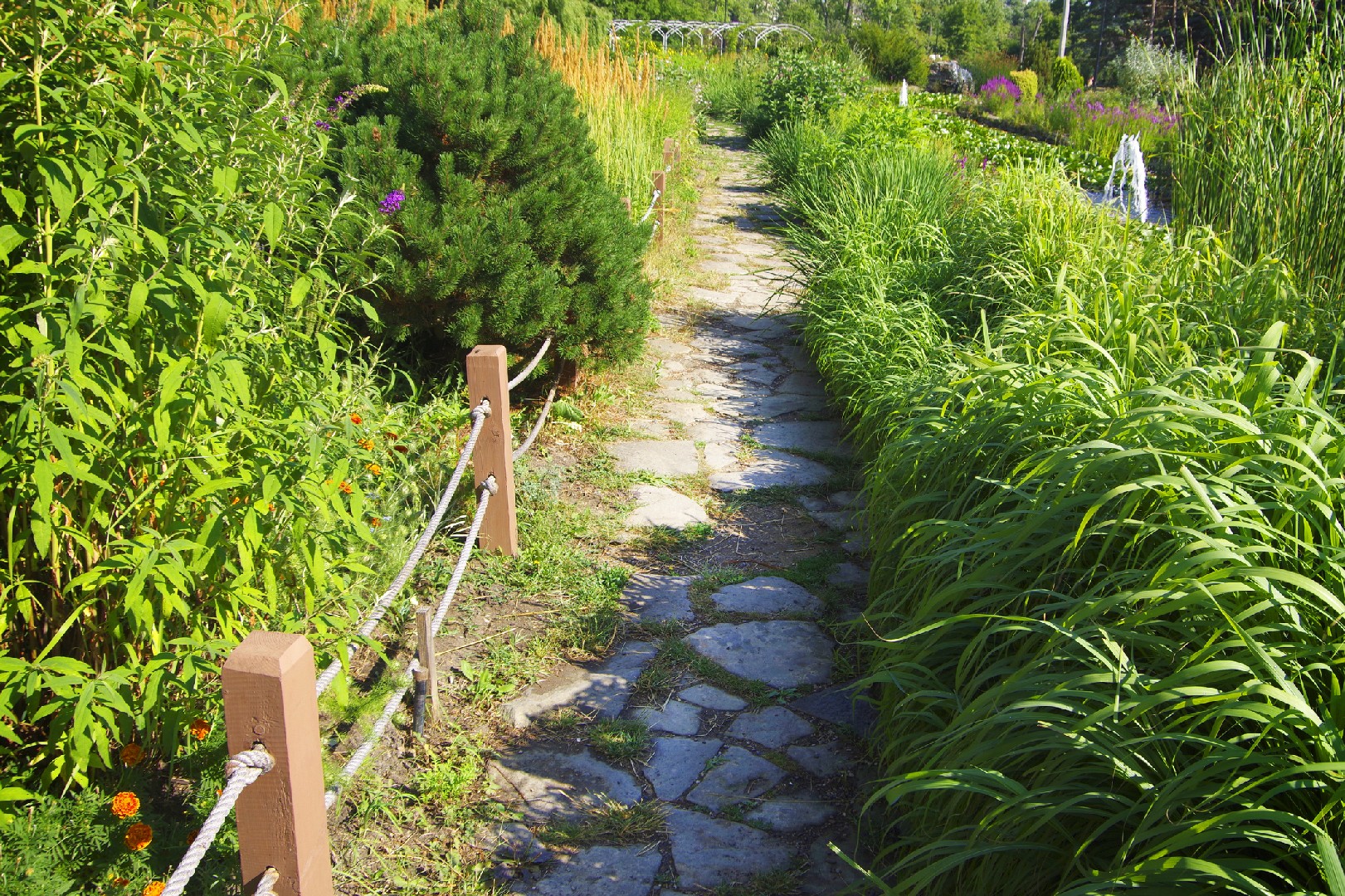![Rectangle]()
Creating the Perfect Seed Bed: All about Soil
When it comes to starting plants from seeds, creating the perfect seed bed is crucial for successful germination and healthy seedling growth. The composition of the soil plays a significant role in nurturing the seeds and providing them with the necessary nutrients to thrive. Here, we will explore the benefits of using quality seed-starting mix and discuss the essential nutrients needed for healthy seedling growth.
One important aspect to consider when creating a seed bed is the soil composition. A well-draining soil with a good balance of organic matter is essential for seed germination. This type of soil allows for proper root development and prevents waterlogging, which can lead to root rot and other diseases. Sandy loam or loamy soil is often recommended as it provides a balanced mix of sand, silt, and clay particles, allowing for good drainage while retaining enough moisture for the seeds.
To ensure the best possible soil composition, it is advisable to use a quality seed-starting mix. These mixes are specifically formulated to provide the right balance of nutrients and moisture for starting seeds. They are often composed of a combination of peat moss, vermiculite, and perlite. Peat moss is a great organic material that retains moisture while allowing for good aeration. Vermiculite helps with water retention, while perlite improves drainage. Using a quality seed-starting mix not only provides a suitable medium for seed germination but also reduces the risk of damping-off disease, a fungal infection that can kill seedlings.
Apart from the soil composition, it is important to consider the essential nutrients for healthy seedling growth. Nitrogen, phosphorus, and potassium, also known as NPK, are the primary macronutrients needed by plants. Nitrogen promotes leaf and stem growth, phosphorus aids in root development, and potassium contributes to overall plant health. Additionally, micronutrients such as calcium, magnesium, and iron are also crucial for proper seedling growth. These nutrients can be added to the soil through organic fertilizers or by using compost or well-rotted manure.
In conclusion, creating the perfect seed bed is a vital step in the process of starting plants from seeds. Paying attention to the soil composition and using a quality seed-starting mix can greatly enhance the chances of successful germination and healthy seedling growth. Additionally, providing the essential nutrients needed by the seedlings ensures their proper development. By following these practices, gardeners can set their seeds up for success and enjoy a bountiful harvest in the future.





